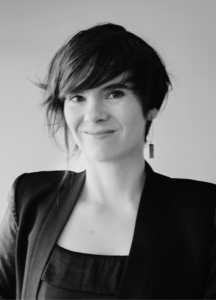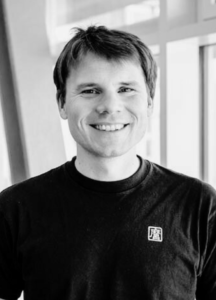- Event Details
- Programme
- Speakers
- Workshops
- Career Panel
- Speakers & Poster Information
- Registration Overview
- Application Form
- Supporters
- Travel and Accommodation
- Organising Team
 Gabrielle Girardeau
Gabrielle Girardeau
Neural mechanisms for emotional memory processing during sleep
The gradual reinforcement of memories, called “consolidation”, is a process occurring partially during sleep and mediated by various patterns of coordinated neural activity. The formation of contextualized emotional memories involves a large network of structures, among which the hippocampus and the baso-lateral amygdala (BLA) are central. In the dorsal hippocampus, fast oscillations (sharp-wave ripples) during non-REM sleep mediate the consolidation of spatial memories through the reactivation of place cell activity. On the other hand, emotional information is processed primarily in the ventral hippocampus and amygdala, which are reciprocally connected. Using large-scale electrophysiology in freely-moving rats, we investigate how the association of contextual and aversive information involves changes in neural synchronization at the level of local field potential and neuronal assemblies along the dorso-ventral hippocampus-BLA axis during Non-REM sleep.
Gašper Tkačik
Prof. Gašper Tkačik is a computational neuroscientist who earned his degree in physics in 2001 from the University of Ljubljana. He pursued further studies at Princeton University with William Bialek and Curtis Callan, earning a PhD in physics. Subsequently, he worked as a postdoctoral researcher at the University of Pennsylvania before founding his own group at the Institute of Science and Technology Austria. His research at IST Austria focuses on Information Processing in Biological Systems. His ongoing projects include investigating collective dynamics, visual encoding in the retina, genetic regulation during early embryogenesis, and the evolution of gene regulation.
Neural coding: from data to optimality theories
The question of how neural populations encode complex, high dimensional stimuli has presented us with an interesting playground where optimality theories meet statistical inference from large-scale neural recordings. In this talk, I will briefly outline our recent efforts to make this connection statistically rigorous, and present a few vignettes related to efficient coding. This influential optimality theory, originally put forward to explain neural responses in the sensory periphery, can be productively extended into new regimes relevant for central neural processing: adaptive coding in the primary visual cortex, texture coding in higher-order visual cortices, and place encoding in the hippocampus. Our results suggest that resource and noise constraints might strongly influence neural representations across the entire processing hierarchy, making them amenable to theoretical prediction.
